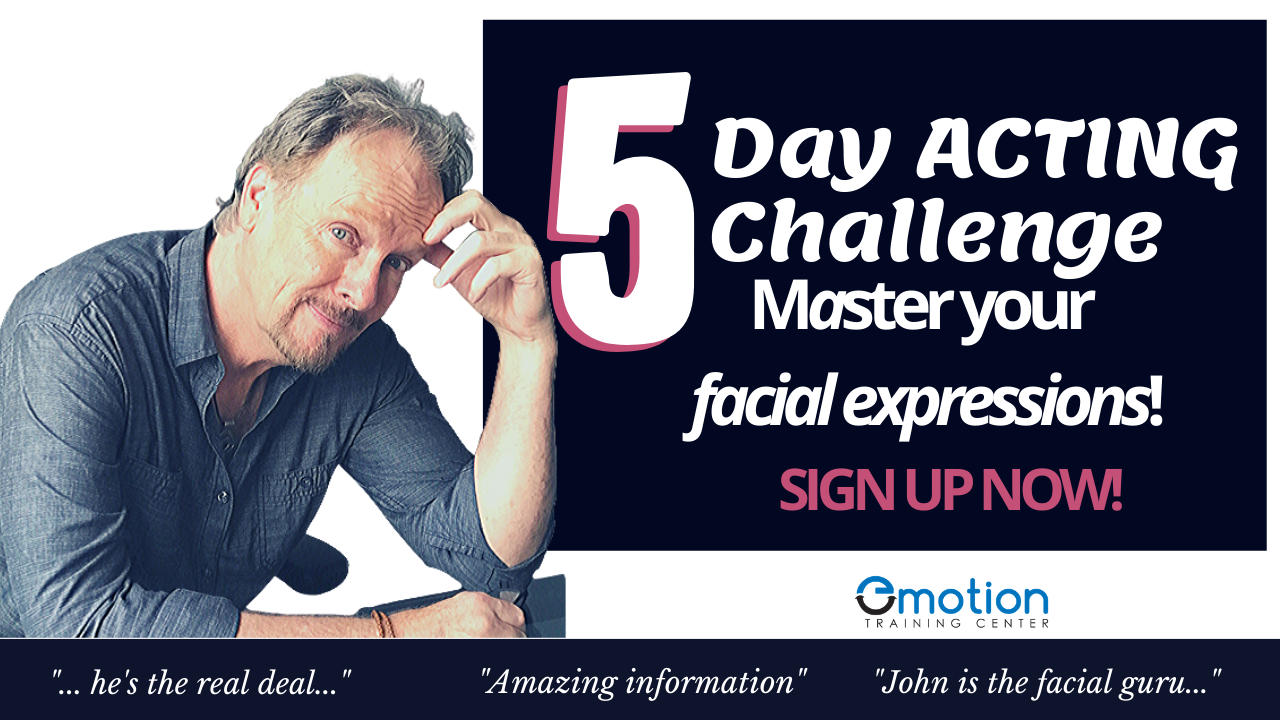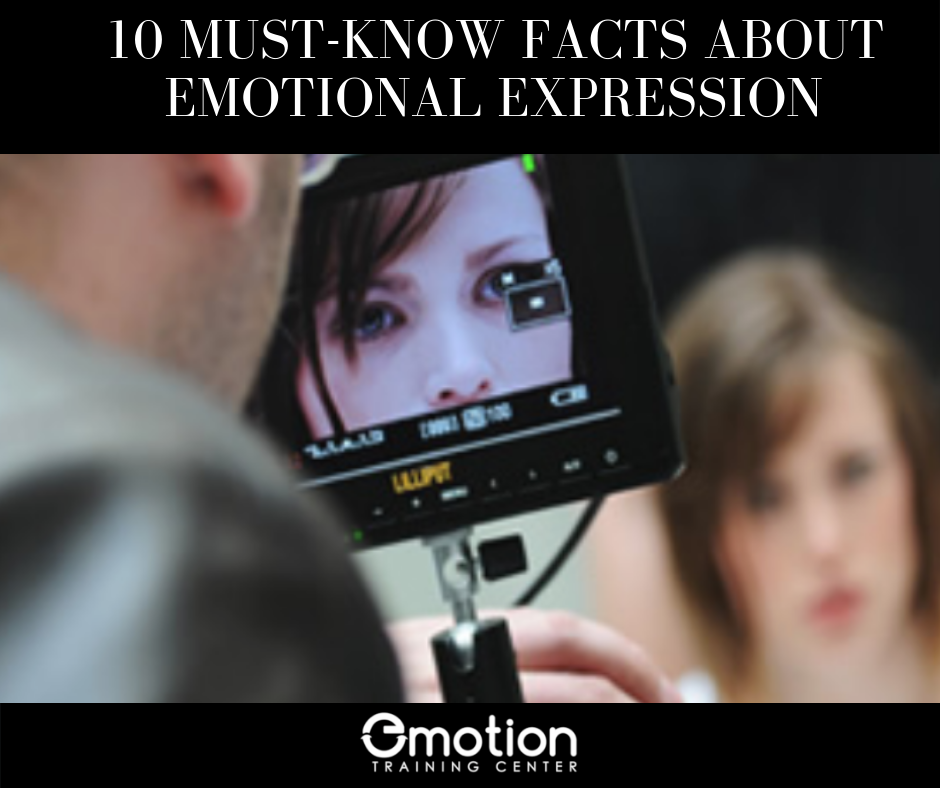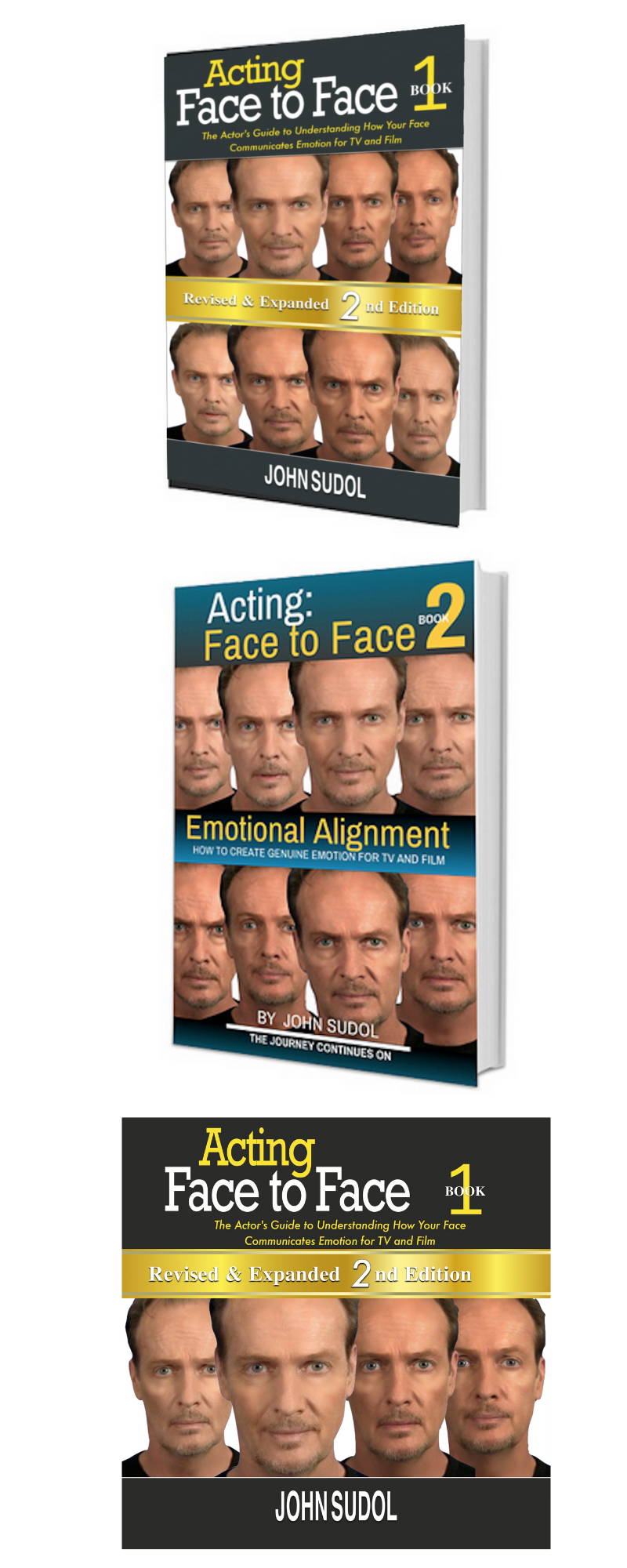|
Does creativity and suffering have to go together? Does artistry have to end in anguish? These are questions I know I have pondered over the years. In the video below, Elizabeth Gilbert, author of the book and blockbuster hit "Eat, Pray, Love," delves into the trenches of the creative journey of an artist and explains how to stay one step ahead of the world's perception of "artists". She takes us back in time and touches on the "little fairies, trolls and things" assigned to help you on the journey of cultivating and mastering your craft, while also sharing insight as to the fear that so many individuals realize as they are putting their whole heart and being into "the next big project." She is witty, fun and charming, yet straight to the point as she shares her experiences, her passion and her love in giving the world a part of her that has been destined to be shared. So, after viewing this video, here are some things to think about. Are you taking too much responsibility for your success or for your failures? How do you protect yourself from yourself? Finally, how do you protect yourself from those who for one reason or another are unable to handle or get a grip on their own desires or creativity, so instead, they pay way too much attention to yours? Share your thoughts -
3 Comments
If you walk into your next audition and they asked you to go through a series of very small reactions of determination, sadness, concern, determination or even fear, would you know exactly how to create and express them?
Maybe you've been out on an audition like this. How'd you do? If you understand emotions and how they are expressed, you're probably smiling, because you know that this is exactly the type of audition you nail. If you don’t, then you are more than likely throwing you're hands up in the air in frustration. Sometimes the reactions they are asking for can be so small you barely recognize them as emotions, but they are. These brief emotional releases are known as micro expressions and every actor should have them in their emotional toolbox. “Micro-expressions” are fleeting emotional facial expressions that last between 1/25th and 1/15th of a second. They occur when a person consciously or unconsciously is attempting to cover up a real emotion they are experiencing. For on-camera actors, micro expressions can be seen as “emotional leakage”. They are much too quick and subtle for stage work, however, if done correctly, can bring color and an added dimension to your audition and performance. For an example of what I’m talking about, take a look at this very cool Jaguar commercial to see how advertising is now using micro expressions to sell products. It's an excellent example of an upscale brand understanding how to speak to their professional target with a real new, interesting, yet educational message. Ad-execs, directors, casting, are all counting on actors to have the skill to express the most subtle expressions of emotion. The message here is simple. Everyday you are seeing audition notices asking for the actor to have the ability to be good with subtle facial expressions. If you have the skill to reveal real and recognizable emotions from the most subtle to the extreme, you’ve got a shot at booking a spot like the one you will see below. Let me know your thoughts... To Check out other reactions you should have in your toolbox, check out my last blog.
Before I tell you about the 2 reactions you must have in your Emotional Toolbox, I want to make sure we're clear about a few things. Such as, what do we react to and why as well as, how reactions are expressed.
WHAT DO WE REACT TO Simply put, reactions are triggered by specific opinions, beliefs, sensations or feelings about someone or something. The stronger the opinion, belief, feeling, sensation, potentially, the more intense the reaction. There are 2 important things you have to determine when you are breaking down the spot or listening to the explanation in the audition - 1. What specifically are you reacting to? and 2. Why are you reacting to it? In other words, what is your opinion, belief, sensation or feeling about what's taking place? HOW REACTIONS ARE EXPRESSED Nonverbal Reactions can be express through 3 channels; the body, voice and the face. Since I'm focusing on the emotional facial reaction, here's a little backstory on the face. Your face has 43 muscles and capable of making over 10,000 unique facial expressions. Around 8,000 of those expressions are related to emotions and some related to sensations, such as; pain and pleasure. That's a lot of expressions for you, the actor, to concern yourself with when you are concerning yourself with creating truthfully and in the moment. The good news is, you don't have to. Much of the emotional facial expressions we see in commercials are quickly recognizable because they spring from the 7 Universal Emotions: Surprise, Contempt, Disgust, Anger, Happy, Sad and Fear or combination of them. What changes from spot to spot is, context and intensity. 2 GAMES CHANGING REACTIONS TO KNOW Watch the Hershey spot below. The 2 reactions the actors have to the taste of the Hershey Spread are excitement and pleasure. You'll recognize the excitement (right Photo) by the slight widening of the eyes and the pleasure (left Photo) by the relaxing of the eye lids and soft focus of the eyes or eyes rolling up.
The same excitement and pleasure will be in so many of your commercial auditions. Again, what will change is the context and intensity. They may be asking to see your excitement as mom brings in the turkey or the pleasure you get from smelling your freshly clean sheets. So whether you're excited about turkey or chocolate spread the same emotional facial reaction would be appropriate for both.
I know from my many years of casting that these 2 reactions absolutely need to be in every commercial actor's toolbox. I also know that the majority of the actors auditioning for a spot like this would think, ahhh "bite and smile". However, what if the client doesn't want you to smile at all? Where do you go there? Now you know you have an alternative to just bite and smile. SUMMING IT ALL UP Knowing how to trigger these reactions can give you an edge in your next reaction audition. Want to know what else is cool about these 2 reactions? If the trigger is strong enough, both of these reaction can organically trigger the emotion of happy. There's were your genuine smile comes from. Check out the video and see just how each actor reacts to what they're tasting. See how the excitement and/or pleasure in each Hershey bite is what makes the spot work. I hope this Reaction Tip helps you in your next food, candy, beverage, or any tasting audition. I'm excited for you!! Now, let me know how it goes...
Don't forget to "Like" Tweet" or leave a "comment"... Share... it feels so good!
The following post is from an Interview I did with Carol Kinsey Goman whose Leadership column is featured in Forbes. When Carol asked me if she could review Acting: Face to Face and interview me, needless to say, I was excited and also a little confused. At first I didn't know why the corporate and business world would be interested in what is primarily an acting book. Actually, I take that back. I wasn't confused. I knew all along, whether an actor, corporate leader, sales person or entrepreneur, the one thing in common is, we are all in the face to face business and we all share a common goal. We want our communication to be clear, honest, open and authentic. The question to be asked now is... What is your face saying to others without you knowing? Leadership Tips From An Acting Coach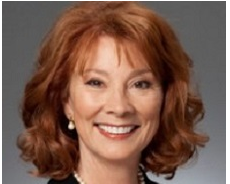 By Carol Kinsey Goman, Ph.D You have probably never heard of it, but one of the best leadership books I’ve read recently is “Acting: Face to Face” by John Sudol. Although written for the television and motion picture actors that John coaches, his advice is surprisingly applicable for business leaders. So I was delighted when John agreed to this interview. Carol: While reading your book, I found so many similarities between the actors you work with and the executives I coach. For example, in an acting audition or job interview, your emotions (and subsequently your performance) can get high-jacked by the way others react to you. John: For actor and business professionals alike, one of the things that can throw you off a well-prepared game plan might surprise you. It’s the interviewer’s face. Your brain quickly assesses and makes some snap judgments about what you read on another’s face. We’ve all met people, that for some unknown reason, we immediately have warm feelings toward. They tend to make us smile and draw us to them. We’ve also all encountered people we instantly felt were potentially hostile, arrogant, bored or aloof. In an interview or audition, what you read on the interviewer’s face can provoke a variety of unwanted feelings and thoughts, such as: anxiety, self-doubt, and insecurity. If enough stress is produced it can trigger a limbic response and put you into a freeze-fight-or-flee state. Carol: It’s amazing how powerful those first few seconds can be. You are reading the interviewer’s facial expressions and body language as he/she is reading yours. You are both making instantaneous assessments that can make or break the entire meeting. John: Depending on how you handle the unexpected rush of emotion, in a blink of an eye, you can be on your way down the proverbial rabbit hole. Your thoughts become scattered. You can’t remember the interviewer’s name, your own name, your breath quickens, your voice goes weak and before you know it, you’ve forgotten what you planned to do and start saying and doing things you never intended to say or do. Since this emotional response to someone’s face is hardwired in our brain and can come on quickly, I tell my actors they need to be prepared for it to happen. By this I mean, they need to be mindful of the game-throwing changes occurring in their bodies that seem to happen for no apparent reason during those first few moments of the initial greeting. Carol: Good advice. I worked with a client recently who said that she took immediately felt rejected – and the interview hadn’t even started. For both the actor and the business professional, having an ability to read emotional expressions on people’s faces and not react to them can be a powerful advantage. John: By spotting the emotional patterns ahead of time you can prepare yourself for the feelings that will surely arise. I believe that when we view another’s face from a place of (inner) security, we know that what’s on their face is about them. When we read it from our own insecurities we tend to think that what is on their face is about us. In my own life I’ve adopted the mantra “What’s on their face is not about me!” These words have saved me numerous of times when speaking in large rooms looking out and seeing facial billboards flashing judgment, criticism, boredom, doubt, suspicion. Most often, and ironically, those are the very same people who will approach, contact or email me after the lecture thanking me for my work and their favorable experience in the audience that day! Again, “what’s on their face is not about me!” Carol: We are in the midst of a visual technology revolution, and more and more professionals are meeting “face-to-face” through Facetime, Skype, Google Hangouts, or video-conferencing. I tell executives that when their verbal messages are out of alignment with their nonverbal signals, audiences are forced to choose between the two. And almost always, the viewer will consciously or unconsciously (a “gut feeling”) believe what they see and not what you say. There must be a lot that business professionals can learn from actors who have been using visual mediums their entire careers. How do audiences “read” an actor’s facial expressions — and what does that mean to people in the business world? John: According to the work of Dr. Paul Ekman and many other leading researchers in the field of emotions, there are 7 Universal Emotions: Surprise, Anger, Fear, Sadness, Joy, Disgust and Contempt. (There are far more emotions than these 7, however these 7 have been confirmed by Ekman’s research to be the only ones that are universally recognized.) What makes them recognizable is, each emotion has its own set of muscle groups or muscle patterns unique to that emotion. When an audience watches a talented actor, they pick up both the overt and subtle muscle changes in the actor’s face, as well as changes in the body and the voice. If the muscle changes they see are associated with one or more of the universal emotions, the audience, whether knowing of these emotions, consciously or not, senses them. If these changes fit the context of the movie, meaning the situation the character is in or the characters’ history, they make sense to the viewer and they continue to watch with ease. However, if they are not contextually fitting or distracting, the viewer begins to question the actor’s skill level or character consistency. The same conditions also apply to business communication. During a video conference, a participant’s face is usually the center of attention and as a result it is under sharp scrutiny. The person viewing may not consciously pick up the subtle changes in somone’s face, however more often than not they are influenced by them. That’s because our eyes are usually taking in more information than we are aware of, and we are responding to this input. For the actor or the business professional, understanding emotions and what they feel and look like on your face can open the door to greater personal and professional results, more engaging interactions, and successful collaborations with others. Carol: How do audiences spot a “lie” in an actor’s performance — and how does this same process make it difficult for leaders to convince an employee audience? John: An actor’s goal is to achieve deception. He lives in an imagined world and passes it off to the viewer as the real one. To bring his audience into his imagined world with the hopes of achieving deception, he must understand, relate and be emotionally inspired by his imagine world as well as be emotionally available with a keen eye and hand for detail. Although a business presenter’s world is real, there are similarities with the actor’s world. If a presenter doesn’t understand, relate or is emotionally inspired by what he’s talking about, motivating and inspiring others may be very difficult. Whether an actor or presenter, the goal for both is to appear truthful. To be believed, all actions, reactions, and the words expressed must appear to be real, recognizable, and appropriate for whatever topic being expressed or the situation taking place. However, neither will appear to be truthful, if the actions, reactions, and words are not expressed with the appropriate: timing, intensity and duration. If an action or reaction starts too soon or too late, it will either appear to be a lie or have a different meaning. If the emotion intensity too strong or too weak, we will be unsure of how he really feels if he feels anything at all. If the emotion starts too soon or ends too quick, the truth of what he’s feeling will be questioned. And if the audience doesn’t recognize what’s on the actor’s or presenter’s face, or if it doesn’t seem appropriate for the situation, or if the timing in which emotion appears or disappears is off in any way, they are less likely to embrace what either the actor or presenter has to offer. Carol: You also talk about “emotional distortions” and how they interfere with good acting. I see a direct link to effective leadership communication. John: I define distortions as anything that interferes with the creating or the revealing of what we intend. For an actor or a business leader, there are many reasons why an intended communication breaks down. Sometimes we have an awareness of it, however, most of the time we don’t. In my book, I outlined seven distortions including: your own face, how you are wired to express, your culture, family idiosyncrasies, your psychology, inappropriate emotional triggers, and how you listen. John: Your face may be speaking to others in ways that can become a distortion in two ways, which I will refer to as “static” or “default.” How your face is structured (the static face) can be responsible for the appearance of emotion even when you’re not particularly feeling anything at all. For some people, their face resembles an emotion. For example, a low brow, deep-set eyes or thin lips may look like anger. The pulling down of the corners of the lips might make a person appear to be sad. Arched eyebrows may be responsible for the skeptical look on your face. Or, the deep folds on the side of your nose makes you appear to be disapproving. Your static face is often the result of your age, ethnicity, and emotional history. If people often ask you if you’re upset about something or if they think you may not like them, I suggest looking at your static face. Your “static face” is about the structure of your face that you may or may not have much control over. The face you go to for comfort or security is what I call the default face. It’s a face most of us learned a long time ago. For one reason or another, the face you learned to put on makes you feel differently about yourself. For example, if you didn’t want everyone to know you were frightened, you might’ve covered it by displaying some of the muscles groups in the anger family. Or maybe in an attempt to hide your insecurities, you learned to bring in the muscle group for contempt so you would feel that you were above it all. Although your default face may bring you comfort or security, others are defining you by it… intolerant, bitch, victim, sarcastic, pompous, etc. Carol: With corporate clients, I tell them that in an initial meeting, they have less than seven seconds to make a first (and surprisingly lasting) impression – and much of that impression will depend on how people react to their face. I also find that most business leaders have no idea of how their static and default faces are interpreted by others. John: With actors, the first thing I do with them is a face reading. Knowing what your face is saying to others is powerful information. If people consistently misinterpret, what you feel, your intentions or even your intelligence, the first distortion I would investigate is what your face is saying. Carol: John, this has been great. Thank you so much! About the Author: Carol Kinsey Goman, Ph.D., is a keynote speaker, leadership communication consultant, body language coach, and author of ”The Silent Language of Leaders: How Body Language Can Help – or Hurt – How You Lead” and ”The Truth About Lies in the Workplace: How to Spot Liars and What to Do about Them.” Carol can reached by email: CGoman@CKG.com, phone: 510-526-1727, or through her website: www.CKG.com.  Don't forget to "Like" Tweet" or leave a "comment"... Share... it feels so good! Want to get the most out of your next audition? Silly question, of course you do. Lately I have gotten a lot of emails asking me if I would give some quick tips or things that can be done that ensures you get the most out of each audition. In this post I would like to address those requests. First of all, let me say that getting more out of your audition may not just be all about blowing them away with some wild choices. So often the things most obvious are often the things most forgotten. In the video below I laid out three things that if not applied to each audition may not only diminish your audition, but make you look unprepared for it. If you want to get more videos and studio news join our community by subscribing to our mailing list.
If you have something you would like me to address let me know by leaving me a comment below or email me at actingfacetoface@languageoftheface.com. If you like what I have to say, share it with a friend or post it to pass it on... |
Author, Coach, SpeakerJohn is known to actors around the world as the Go-To Emotion Specialist. Start your www.emotiontrainingcourses.com/courses/free-free-facial-expression-training FREE EMOTION TRAINING NOW! Click HERE or the photo below to Sign Up! Archives
October 2018
Categories
All
Check out the Acting: Face to Face Series - ebook, paperback, audio. Click Here
|
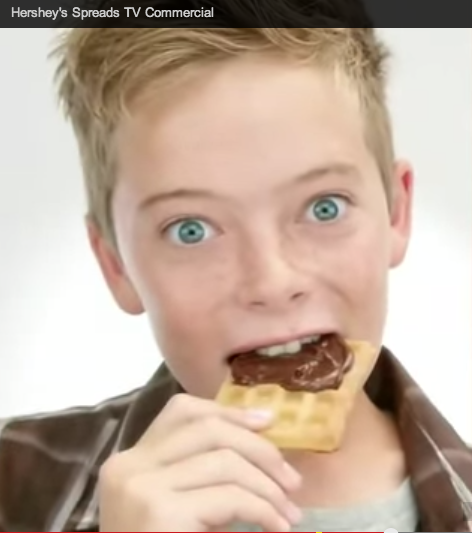
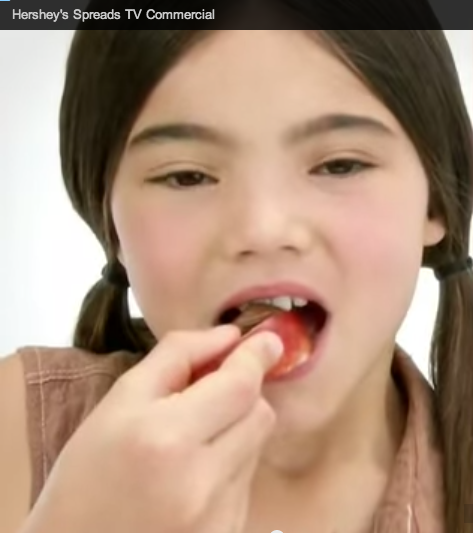

 RSS Feed
RSS Feed
